The Department of Homeland Security suddenly moved up the implementation of a rule change that gives the Federal Protective Service, the agency charged with protecting federal buildings, more power to charge people with crimes for a variety of activities on or near federal property.
The regulation, which went into effect on Nov. 5, prohibits a wide range of activities, including creating a loud or unusual noise, distributing informational materials and flying drones. It makes it illegal for people to wear masks to conceal their identities if they break any federal or state law or local ordinance. It forbids obstructing access to federal property or impeding operations there and specifically calls out photography and videography.
Pedro Rios, director of the American Friends Service Committee’s U.S./Mexico Border Program, said he’s concerned that vague definitions in the regulations will give officers too much discretion.
“It seems overly broad and would provide federal agents flexibility to determine broadly how the new regulations are being violated,” Rios said.
Though the proposed rule was introduced on Jan. 15, just days before President Donald Trump took office, current DHS Secretary Kristi Noem decided to move up the timeline because of the administration’s concerns about anti-ICE activities, according to a press release from the department. The rule was set to take effect in January 2026.
“DHS is using every tool possible to protect the lives of our law enforcement as they face a surge in violence and lawlessness at many of our federal facilities. We’ve seen rampant violence against law enforcement including our officers shot at, rammed by vehicles, assaulted and threatened,” Assistant Secretary Tricia McLaughlin said.
“Under President Trump and Secretary Noem, we will not tolerate violence perpetuated by Antifa and other domestic extremists who are targeting federal property and law enforcement. Law and order will prevail.”
Videos of interactions between the public and ICE officials have raised questions about at least some of the agency’s claims of aggression against its staff.
Volunteers who have been monitoring Immigration and Customs Enforcement arrests on federal property are worried that the new rules will affect their ability to document the agency’s actions, including potential human and civil rights violations during arrests.
“I question as to why they would move towards preventing people from documenting what’s happening inside,” Rios said.
He worried that the government would use the rules to cover up misconduct by ICE.
Since May, volunteers with several San Diego groups, including Detention Resistance, have monitored arrests in the immigration court hallways and at the ICE offices where people go periodically to check in or pick up paperwork. Whenever ICE makes an arrest, the volunteers film with their phones.
That included a video of ICE officers arresting Sayed Naser, an Afghan man who previously worked with the U.S. military in his country and who had shown up for a court hearing as part of his asylum case. Because of the video, veterans have rallied to support other Afghan allies with upcoming immigration court hearings.
On Wednesday, the first day of the new regulations, faith leaders and Detention Resistance volunteers stood in the brown hallways on the second floor of the Edward J. Schwartz Federal Building in downtown San Diego. That’s where ICE has offices for people who are required to check in periodically with its officers.
One faith leader stood praying with a family outside the waiting room for the check-in appointments. Another stood near the elevators that lead to the basement holding cells — the route that ICE officers typically use when they arrest someone at a check-in.
Around 10 a.m., two of the family members walked out of the waiting room, their faces distraught. They spoke briefly with the faith leader who had prayed with them before leaving quietly. A few moments after they left, two ICE officers led a woman — their other family member — to the elevators, her mascara wet on her face.
The volunteers sprung into action, filming and following from a distance to capture the interaction. One volunteer softly offered words of support, referring to the woman as compa, or friend, the word that volunteers use for everyone with hearings or check-ins. In less than a minute, the woman was gone.
Rios is also worried that the new regulations could affect protesters in the plaza outside the federal building.
“The way it reads, they would prevent people from expressing themselves in ways that would be criticizing the administration or its policies,” Rios said.
As he spoke, he stood watching a weekly demonstration organized by San Diego labor leaders. Last week, the Thursday morning protest featured mariachi, ballet folklorico and dozens of people marching around the plaza.
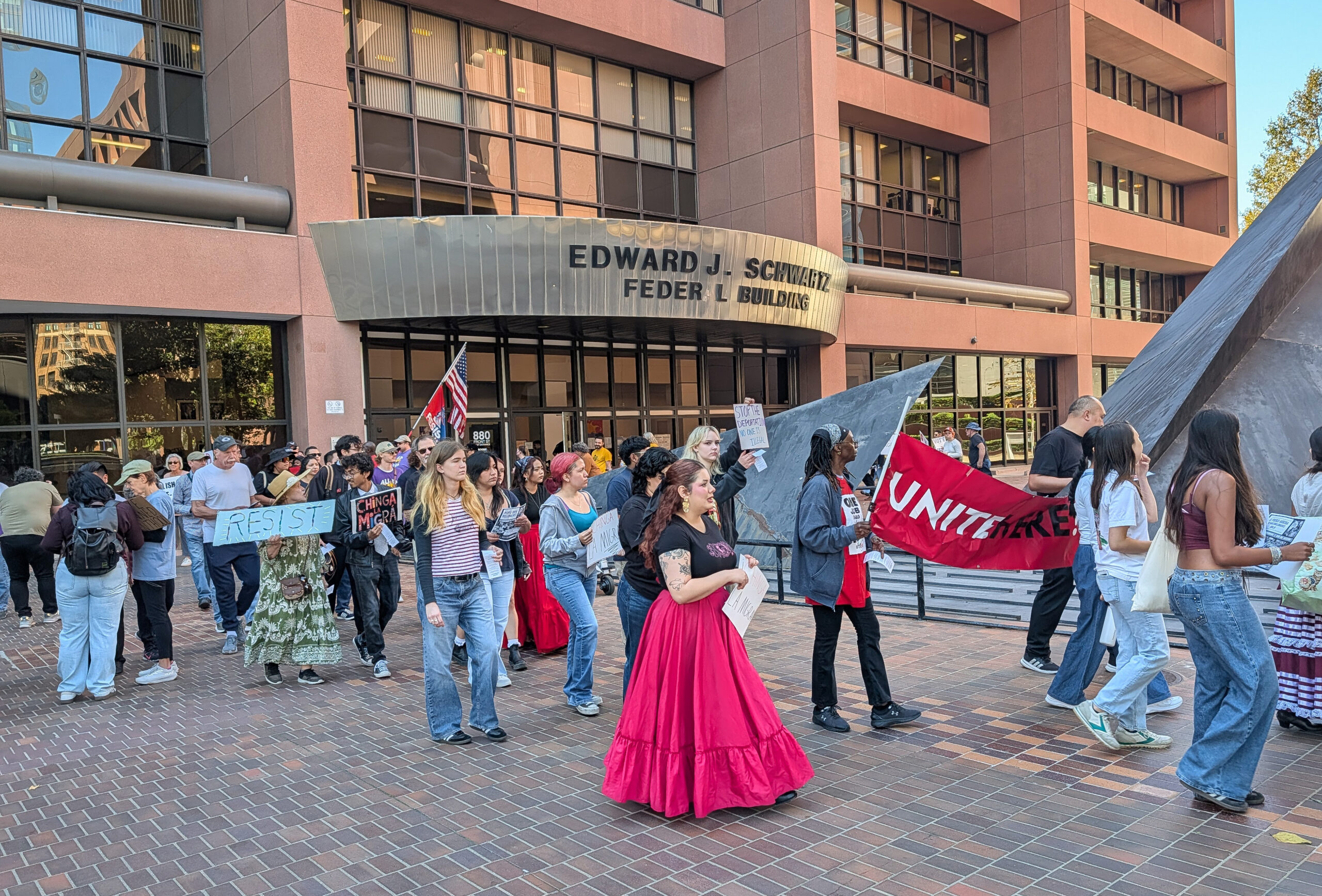
Protestors demonstrate against the Trump administration’s immigration policies outside the Edward J. Schwartz Federal Building in San Diego on November 6. Photo: Kate Morrissey.
At one point, organizers called on Rios to address the crowd. As he described ICE arresting a mother shortly after she dropped her children off at school, the crowd yelled, “Shame!”
Rios said that the administration appears poised to put Border Patrol agents in charge of certain ICE operations, causing concerns that the already violent arrests around the country will grow more so. Rios said that those in border regions, including San Diego, already know the difficulties and risks of living under the thumb of Border Patrol.
A student from the University of California, San Diego, told the crowd that international students on campus are afraid to go to class because of ICE’s actions.
Once the speeches finished, the demonstrators walked in a circle around the large, triangular sculpture in the plaza, and the mariachi band played. Some members of the crowd danced as the crowd chanted for justice for immigrants.
Copyright 2025 Capital & Main
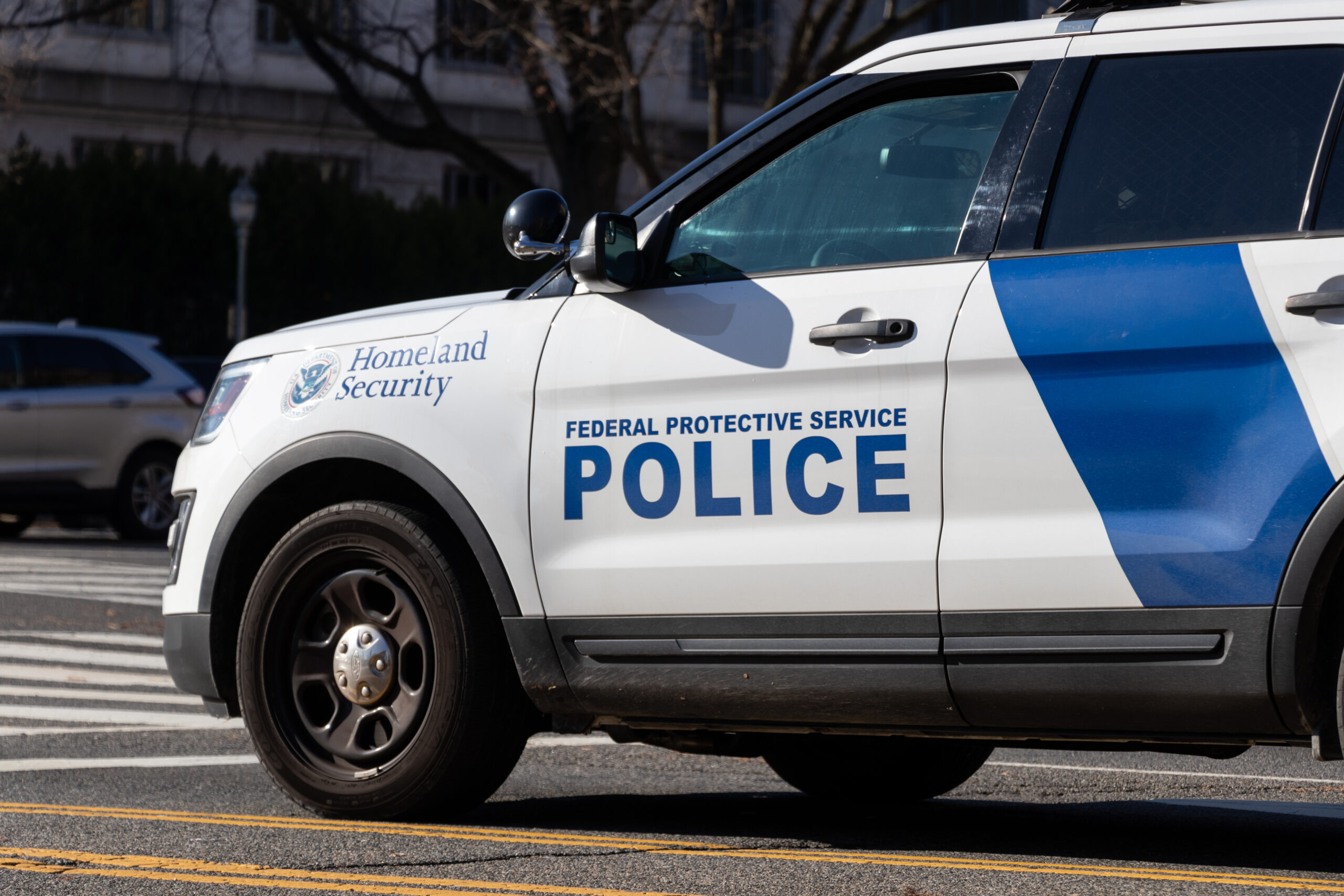

 The SlickNovember 14, 2025
The SlickNovember 14, 2025
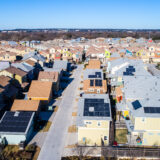 The SlickNovember 12, 2025
The SlickNovember 12, 2025
 Column - State of InequalityNovember 13, 2025
Column - State of InequalityNovember 13, 2025
 Latest NewsNovember 19, 2025
Latest NewsNovember 19, 2025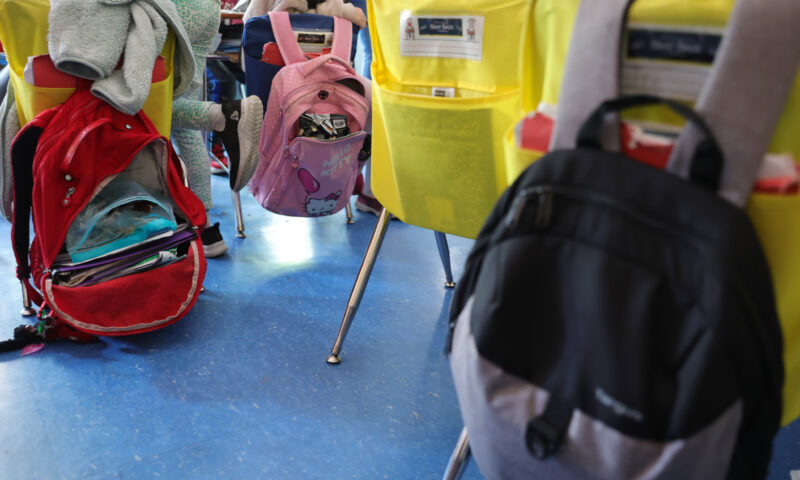
 Latest NewsNovember 18, 2025
Latest NewsNovember 18, 2025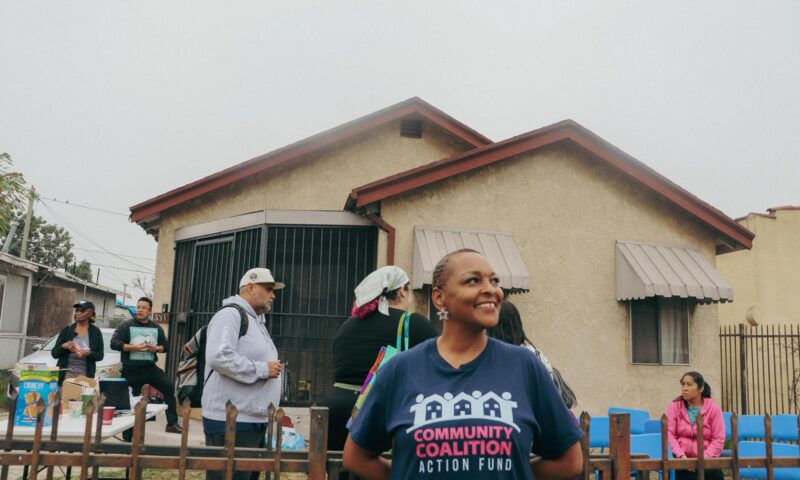
 Latest NewsNovember 17, 2025
Latest NewsNovember 17, 2025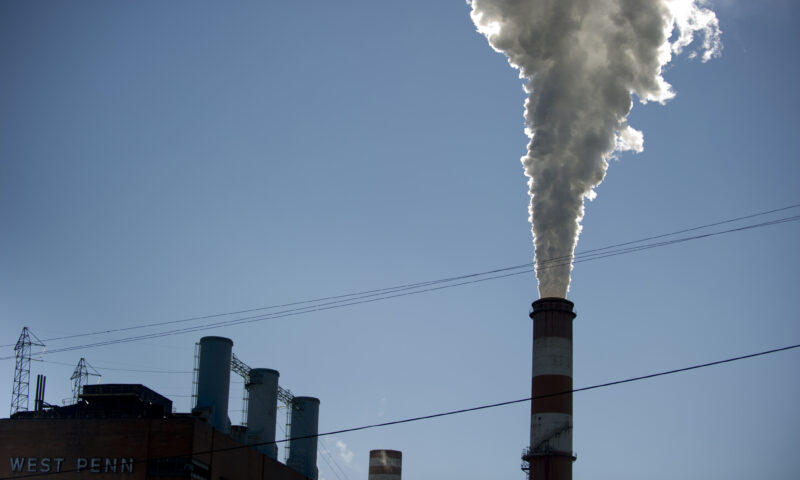
 The SlickNovember 18, 2025
The SlickNovember 18, 2025
 Column - State of InequalityNovember 21, 2025
Column - State of InequalityNovember 21, 2025


